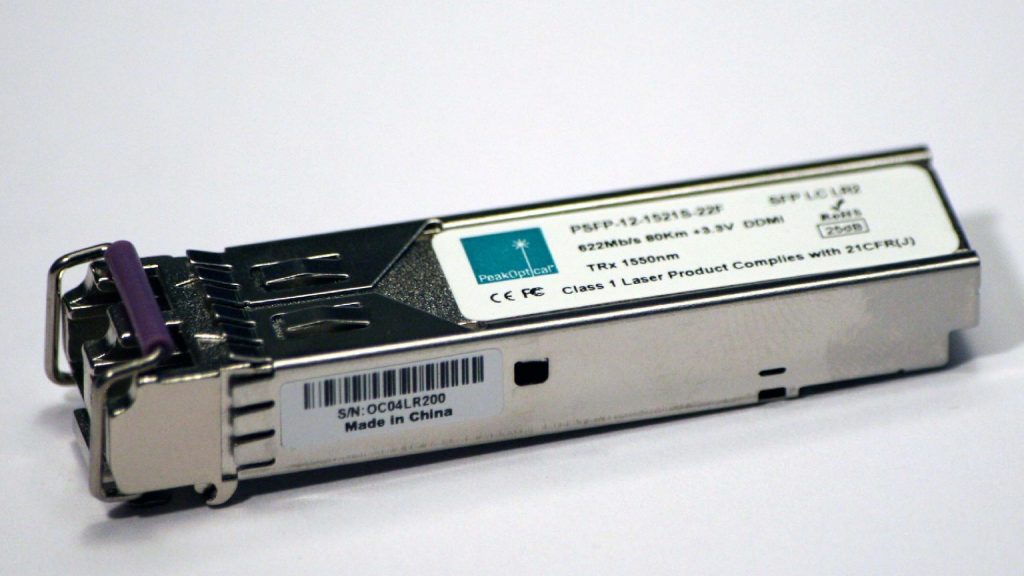The fiber optic market is filled with options that will improve your connectivity in a matter of seconds. When it comes to transceivers, there are multiple types of modules you can choose from (GBIC, SFP, SFP+, QSFP, X2, CFP, and others), no matter if you opt for an older or newer fiber optic technology. Still, what answers to your needs the best?
Nowadays, the biggest confusion appears when it comes to choosing between GBIC and SFP. Which card is the best for your switch or router?
First things first: Definitions!
GBIC (Gigabit Interface Converter)

It converts electric signals to serial optic signals and the other way around. It connects to both Fibre Channel and Gigabit Ethernet (GbE) optical fiber cables. The GBIC module is hot pluggable. The same electrical port on the switch can connect to fibers of different types (multimode or single-mode) and different wavelengths. The GBIC standard is non-proprietary and is defined by the Small Form Factor committee in document number 8053i. The first publication of the proposal was in November 1995.
SFP (Small Form-Factor Pluggable)

It is a hot-pluggable, compact transceivers used for both communication applications and telecommunications. SFP transceivers are designed to support SONET, Gigabit Ethernet, Fibre Channel, and other communications standards. Due to their similarities and its smaller size, SFP is also called “mini-GBIC”. The SFP modules convert serial electrical signals to serial optical signals and vice versa. The form factor and electrical interface are specified by a multi-source agreement (MSA).
Quite similar, isn’t it?
So, let me get this clear, both of them are doing more or less the same thing and the only noticeable difference stands in their size? Well, yes and no. Precisely due to the size difference, GBIC is slowly becoming more of a legacy in the fiber optic technology and is being replaced by SFP. The small size of SFP (almost half the volume of GBIC) allows having more interfaces on a line card or a switch.
At the same time, even if they are equal in performance, some users are still opting for GBIC because their old device cannot be updated to support SFP.
Which one should you choose?
It depends on the switch or line card you are using. Usually, they come with empty slots that fit either GBIC or SFP and you will need to adapt to that.
Also, when it comes to choosing if GBIC or SFP suits you more, the required number of interfaces and the availability of switches and line cards influence your decision a lot. Let’s take this example: if you want to fiber interfaces on a line card of 6500 switch, you will not use a 48 port SFP line card, instead, you will use a 2 port GBIC line card. But, if you need a 24 fiber interfaces, you will definitely not use a 16 port GBIC line card, but rather a 48 port SDP line card.
It is not that hard to find out what suits your needs!
Keep in mind that PeakOptical team is ready to support you at any times with both new and old fiber optic technology. Contact us now and find out more about what SFP and GBIC options can we offer you.


